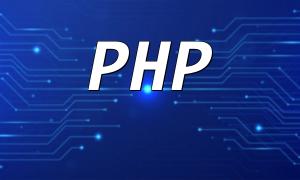With the growing popularity of API design, the need for partial resource updates has increased. PATCH, an HTTP method, is specifically designed for partial modifications of existing resources, making it ideal for editing and updating comments.
Unlike the PUT request which usually replaces the entire resource, PATCH only modifies parts of the resource. Using PATCH reduces the amount of data transmitted, improves network efficiency, and lowers server load.
You can easily construct a PATCH request in PHP using the cURL library. Here is an example:
$ch = curl_init('https://api.example.com/comments/1');
curl_setopt($ch, CURLOPT_CUSTOMREQUEST, 'PATCH');
curl_setopt($ch, CURLOPT_POSTFIELDS, json_encode([
'content' => 'Updated comment content',
]));
curl_setopt($ch, CURLOPT_HTTPHEADER, [
'Content-Type: application/json',
'Authorization: Bearer YOUR_ACCESS_TOKEN',
]);
$response = curl_exec($ch);
curl_close($ch);
Make sure the Content-Type in the request header is set to application/json to indicate the request body format. If the API requires authentication, include the necessary credentials such as a Bearer Token.
The server response status code is key to determining if the request was successful. A successful update typically returns status 200 or 204. Below is a simple example of response handling:
$responseCode = http_response_code();
if ($responseCode === 200) {
echo "Comment updated successfully!";
} elseif ($responseCode === 204) {
echo "Comment updated successfully, but no content returned.";
} else {
echo "Update failed, status code: " . $responseCode;
}
To enhance user experience, the frontend can implement dynamic comment editing and submission using HTML and JavaScript.
<form id="editCommentForm">
<textarea id="commentContent" name="commentContent"></textarea>
<button type="submit">Submit Update</button>
</form>
<script>
document.getElementById('editCommentForm').addEventListener('submit', function(event) {
event.preventDefault();
var content = document.getElementById('commentContent').value;
// Call the function to send PATCH request here
});
</script>
Using the PATCH request method for partial comment updates can significantly reduce data transmission and server load. Combined with effective frontend design, it makes content editing easier for users and improves overall application performance and experience. Mastering this technique is especially beneficial for PHP developers building efficient and stable API services.









